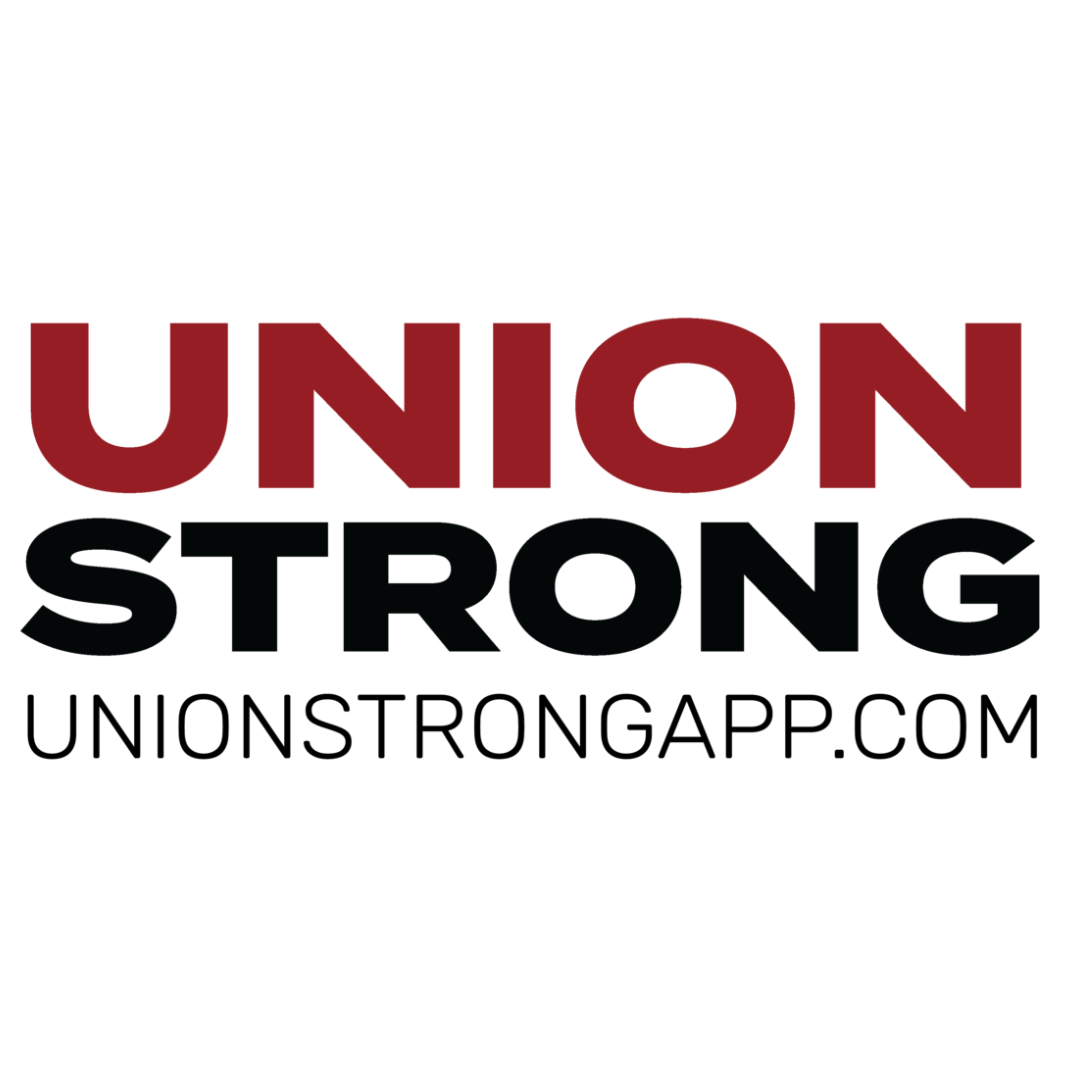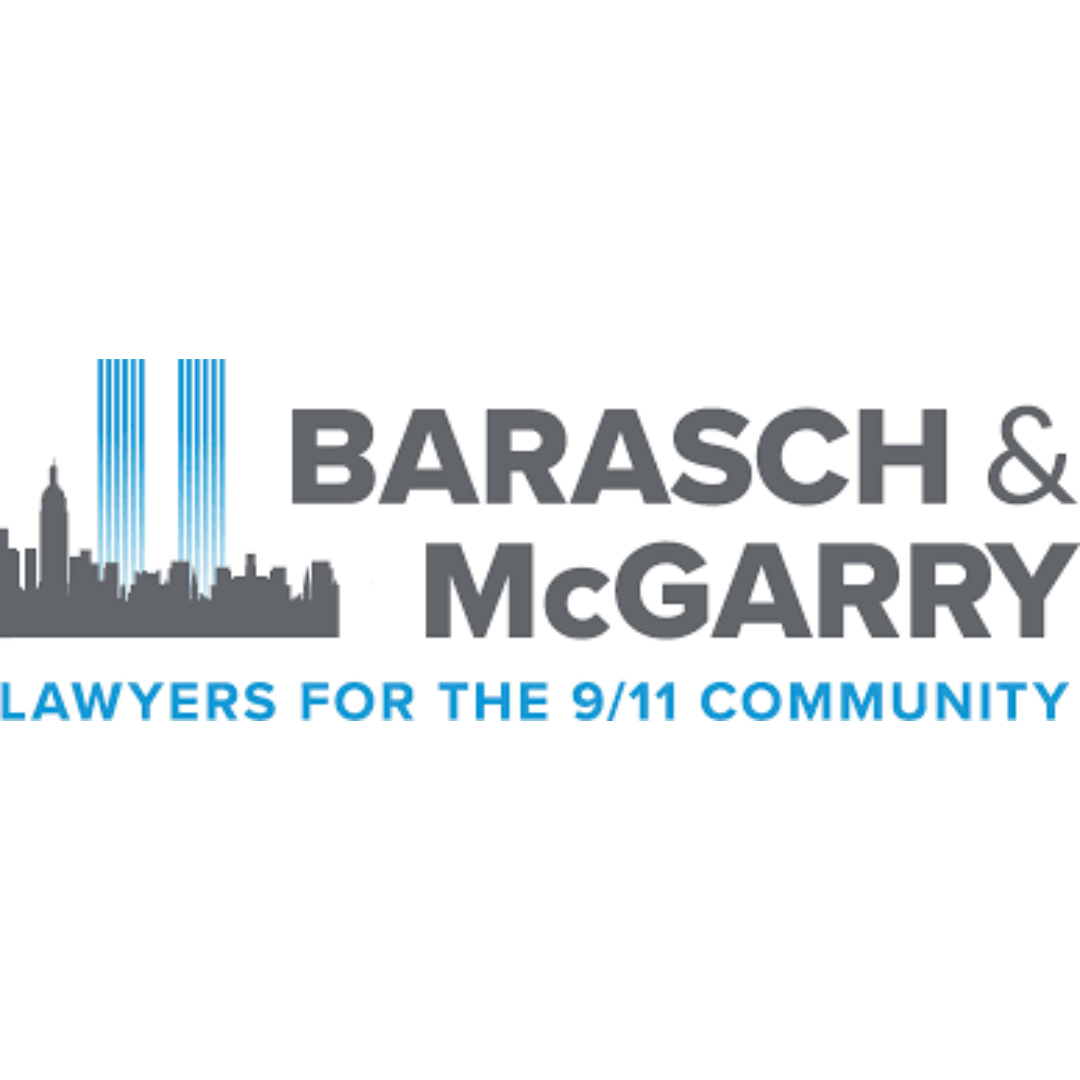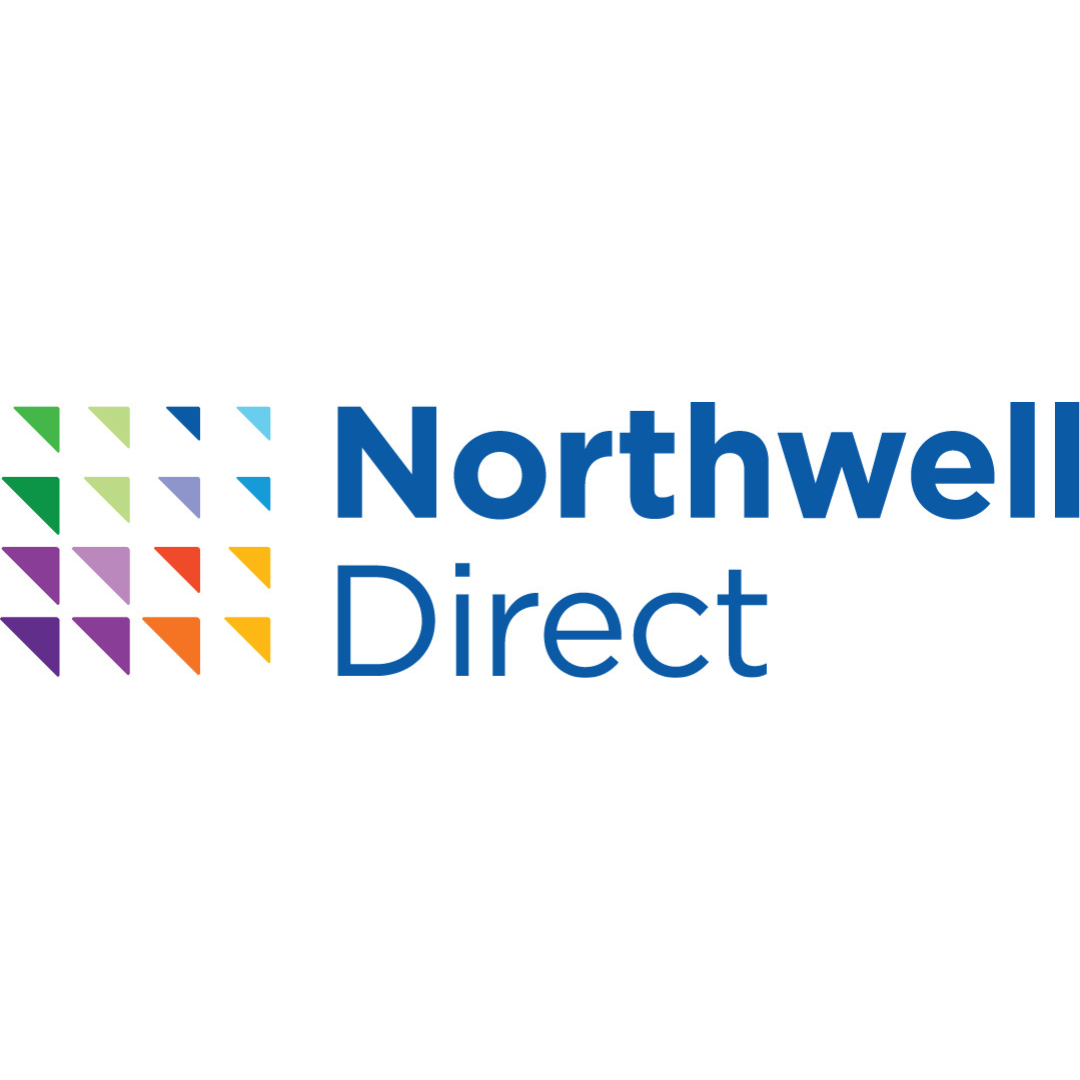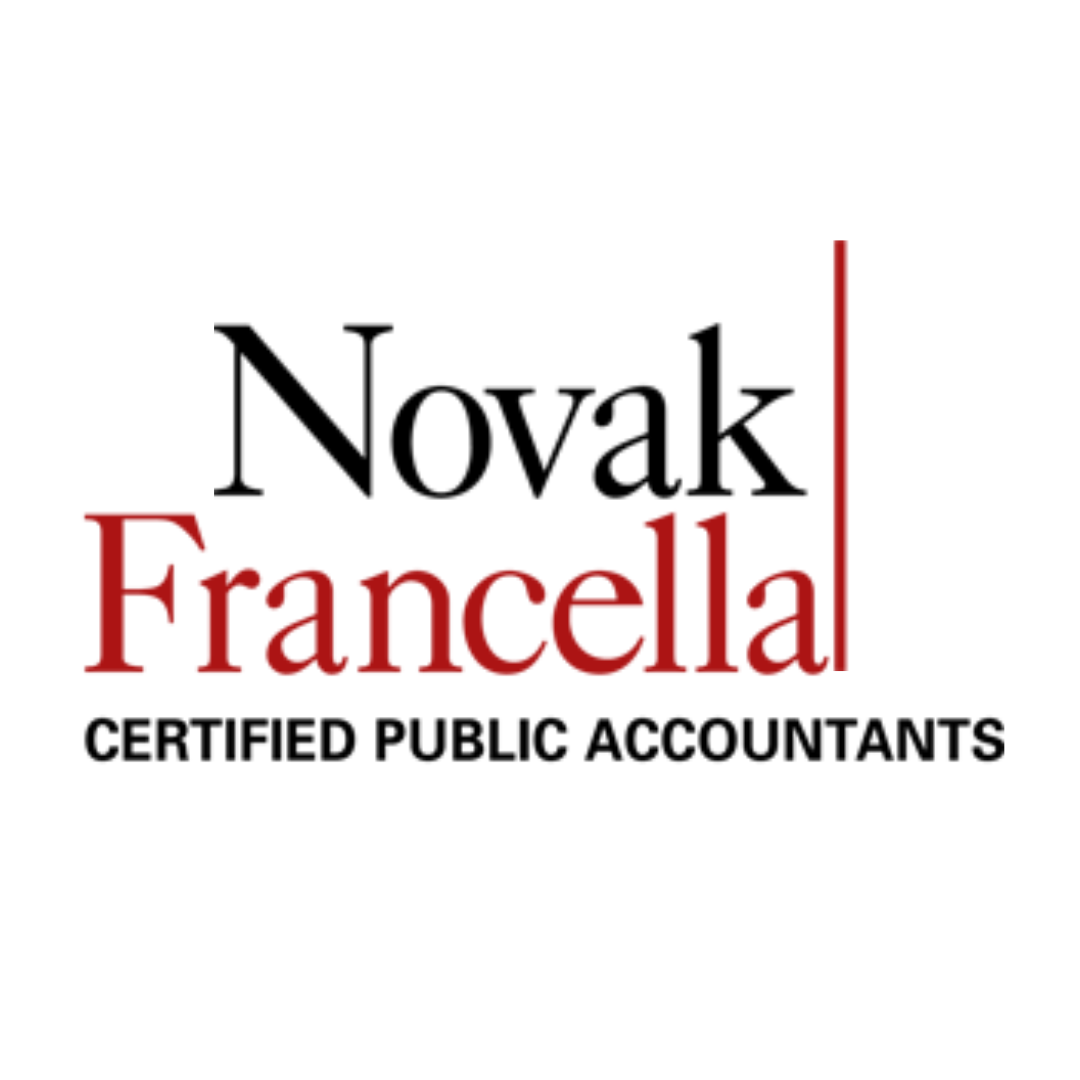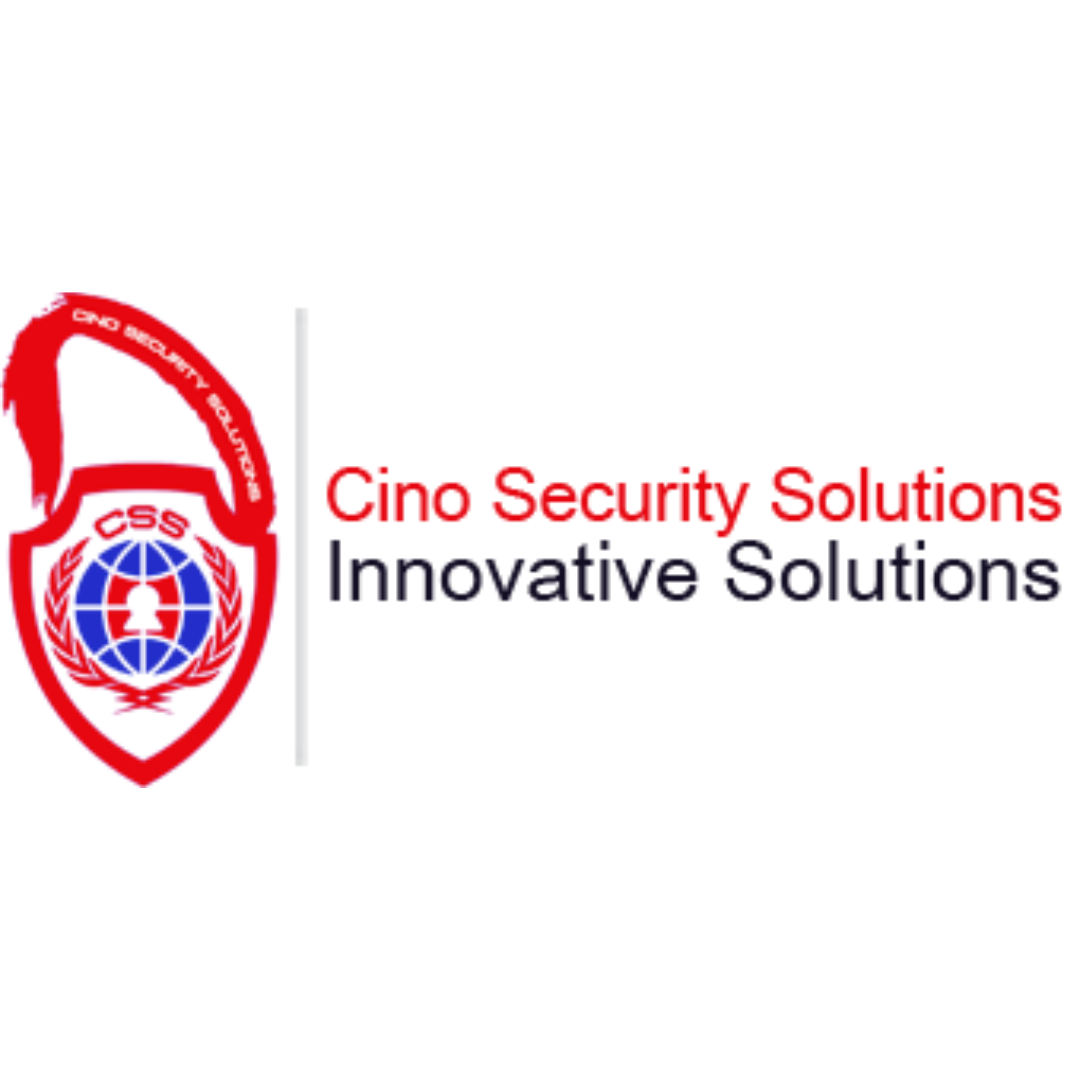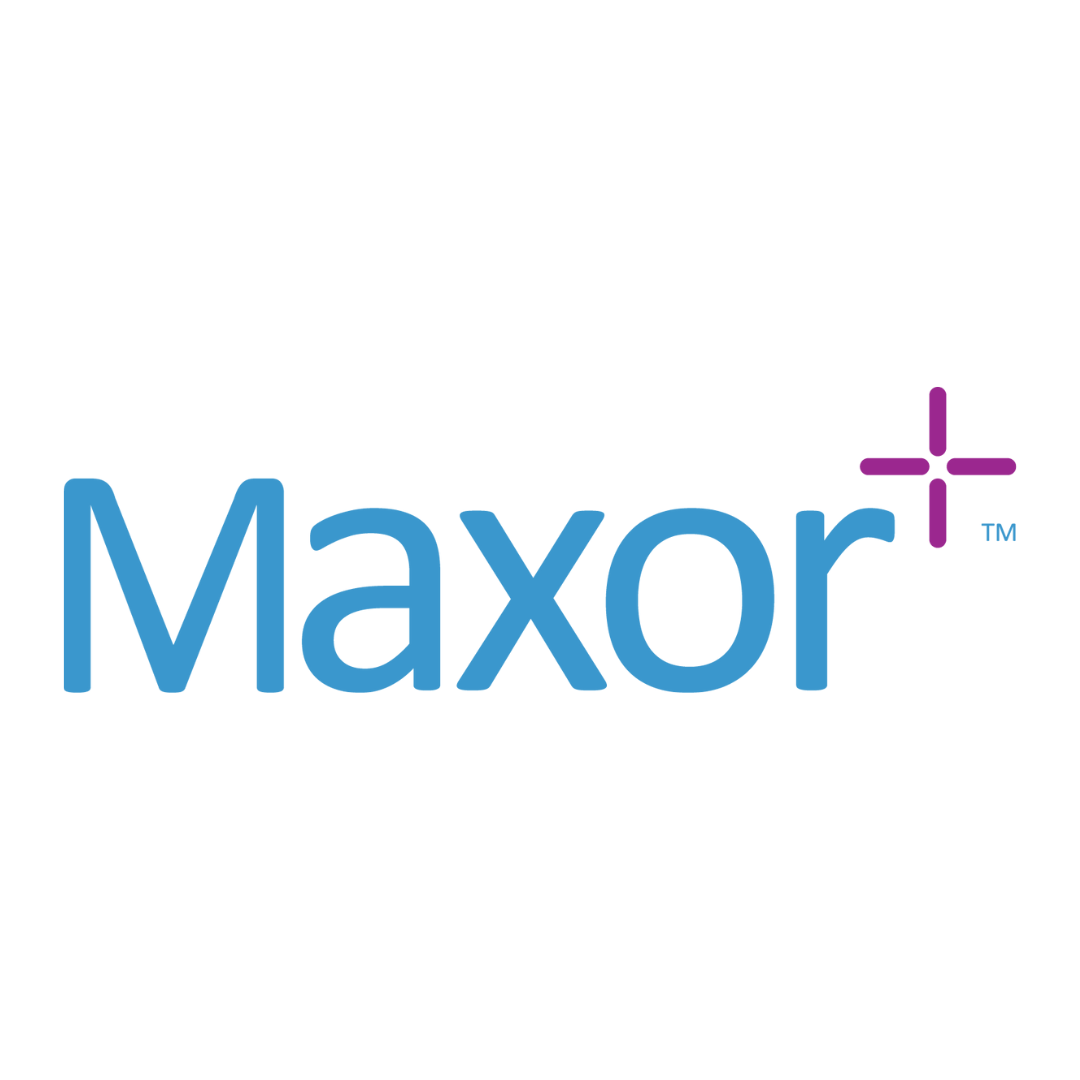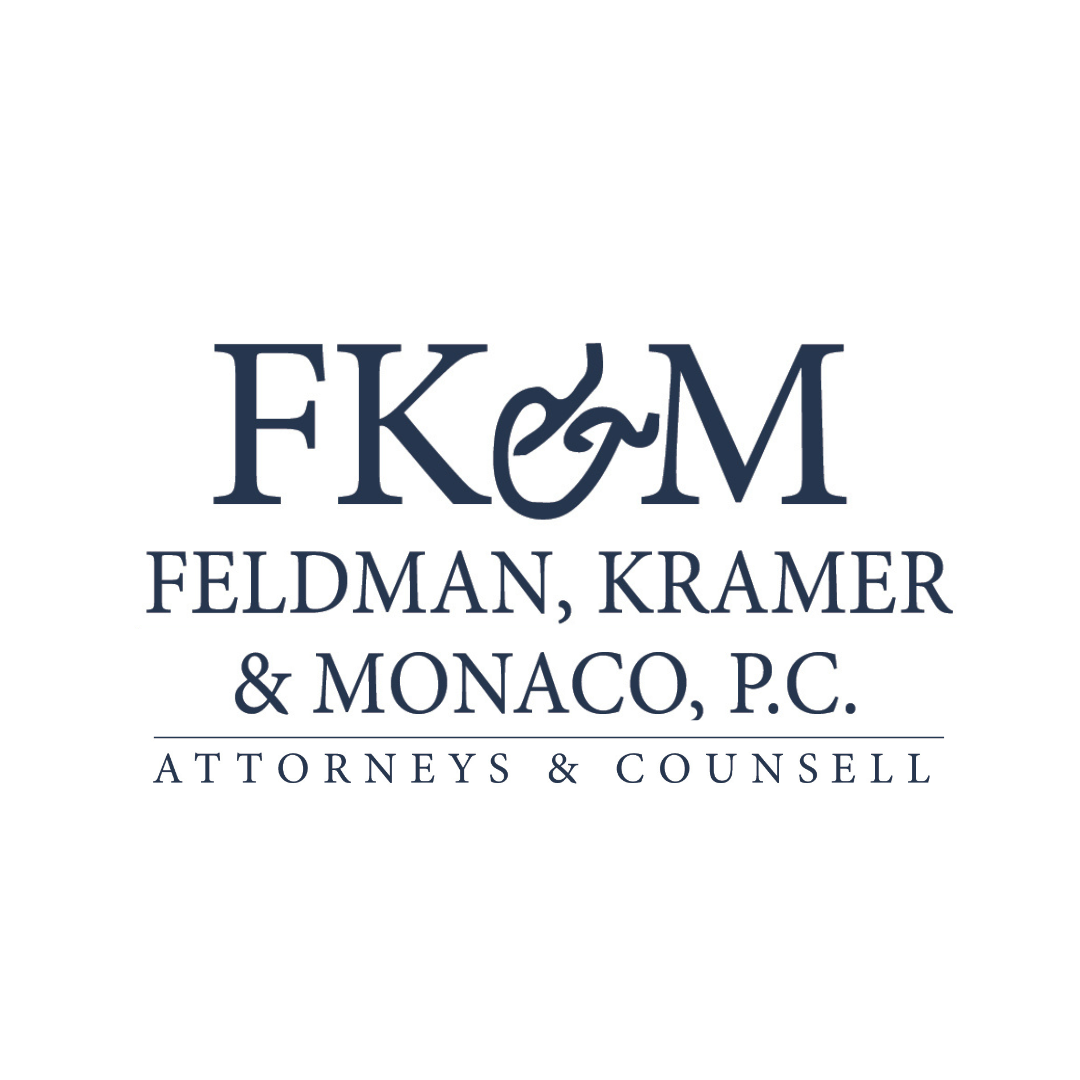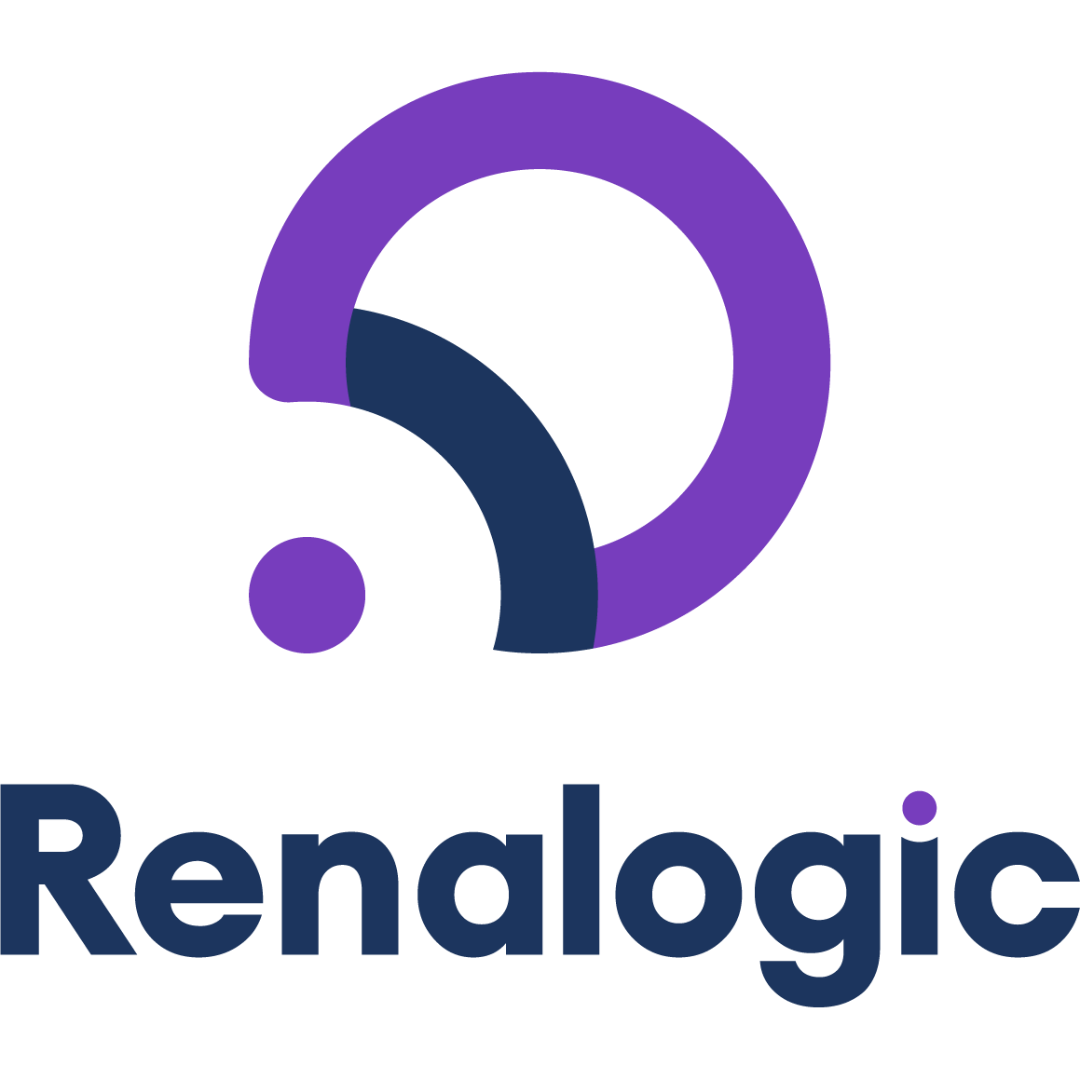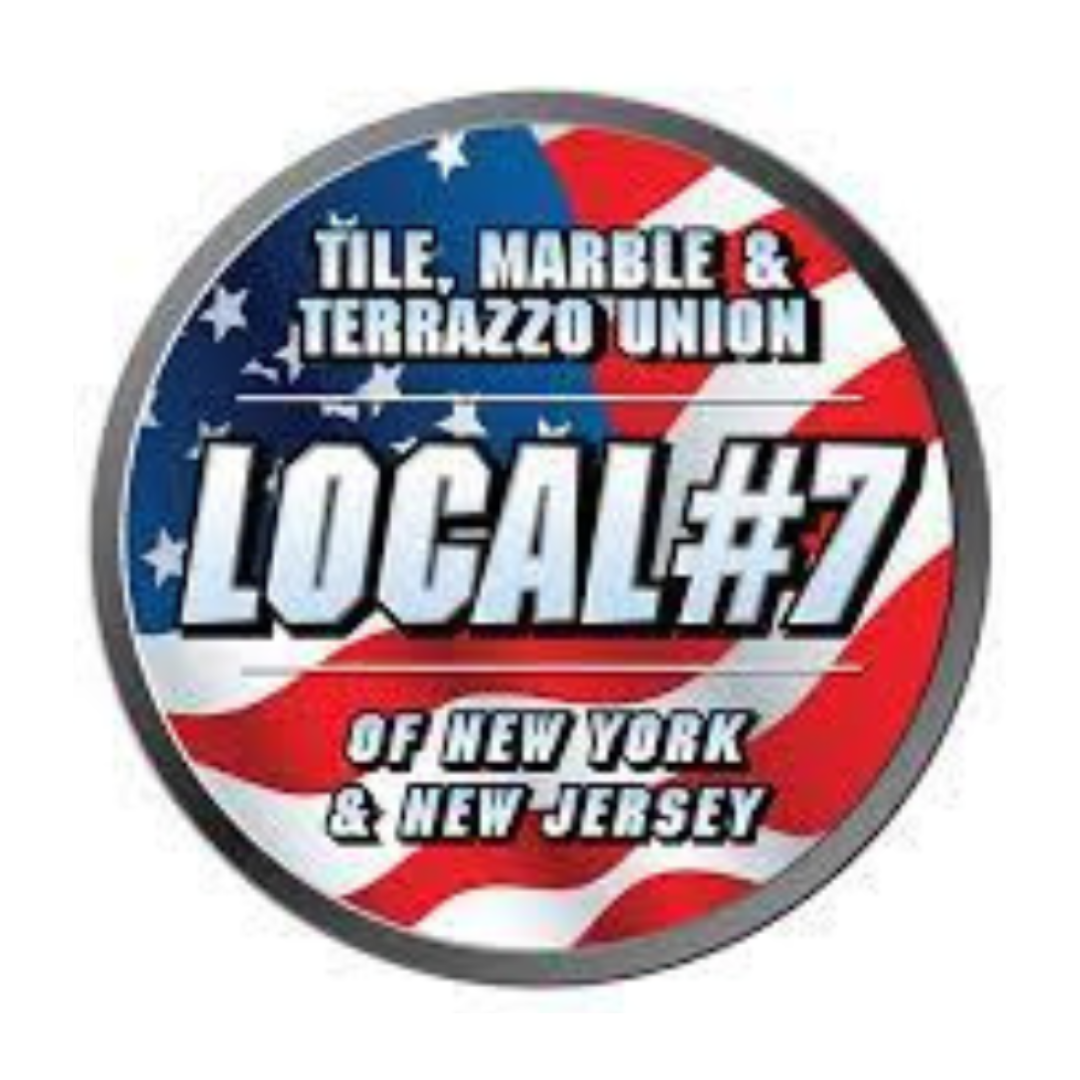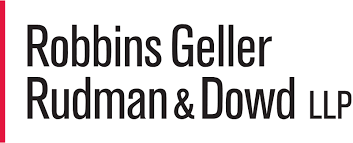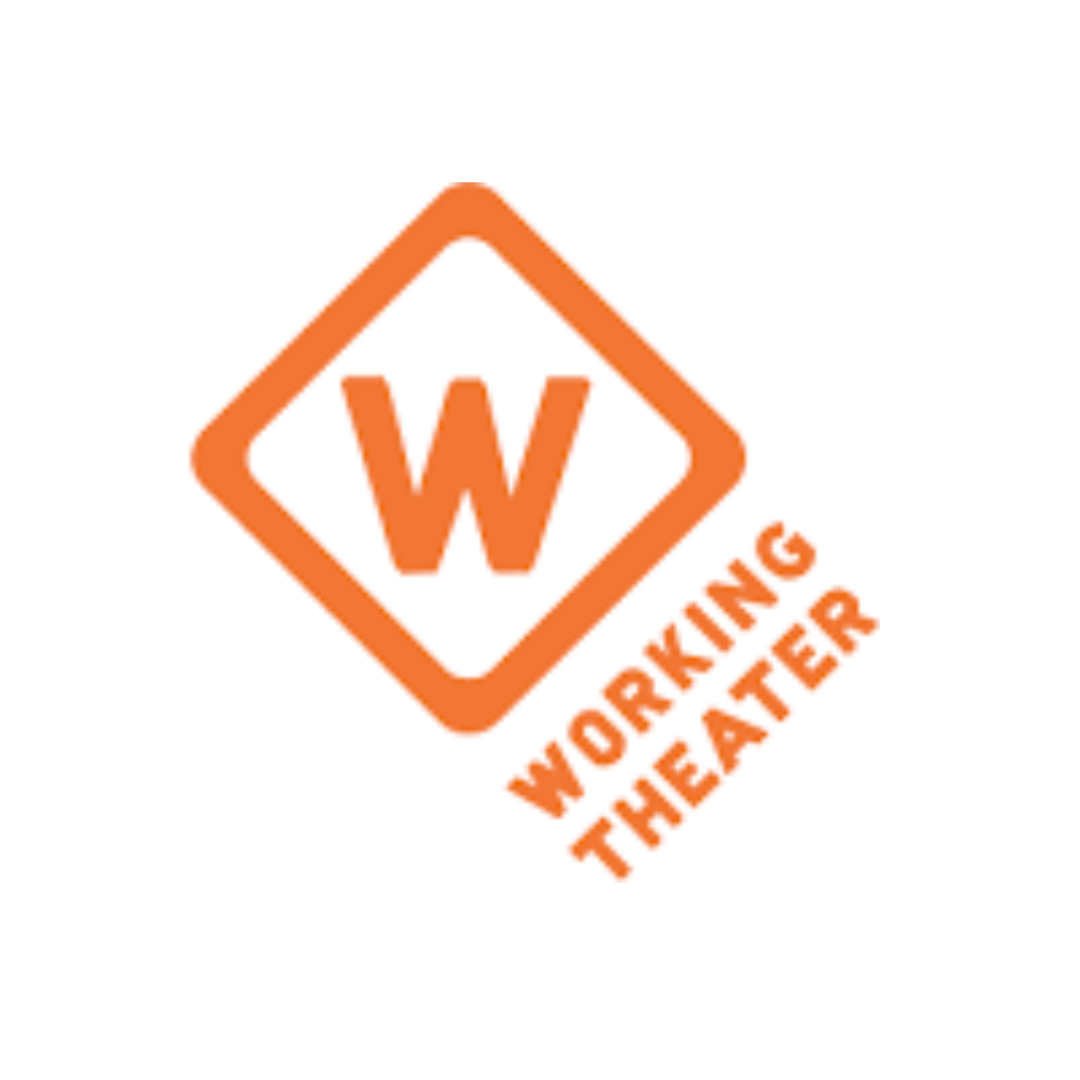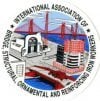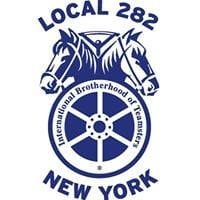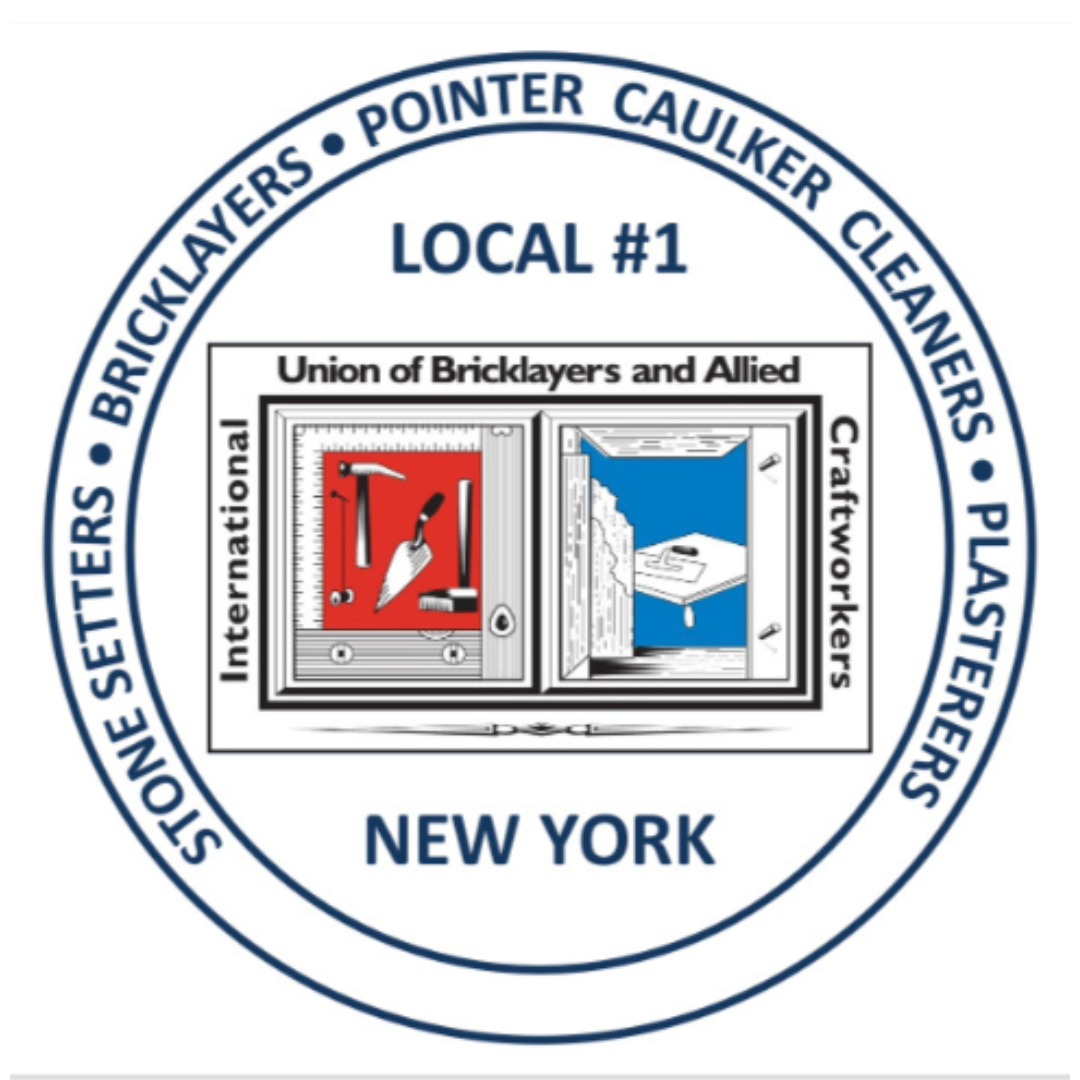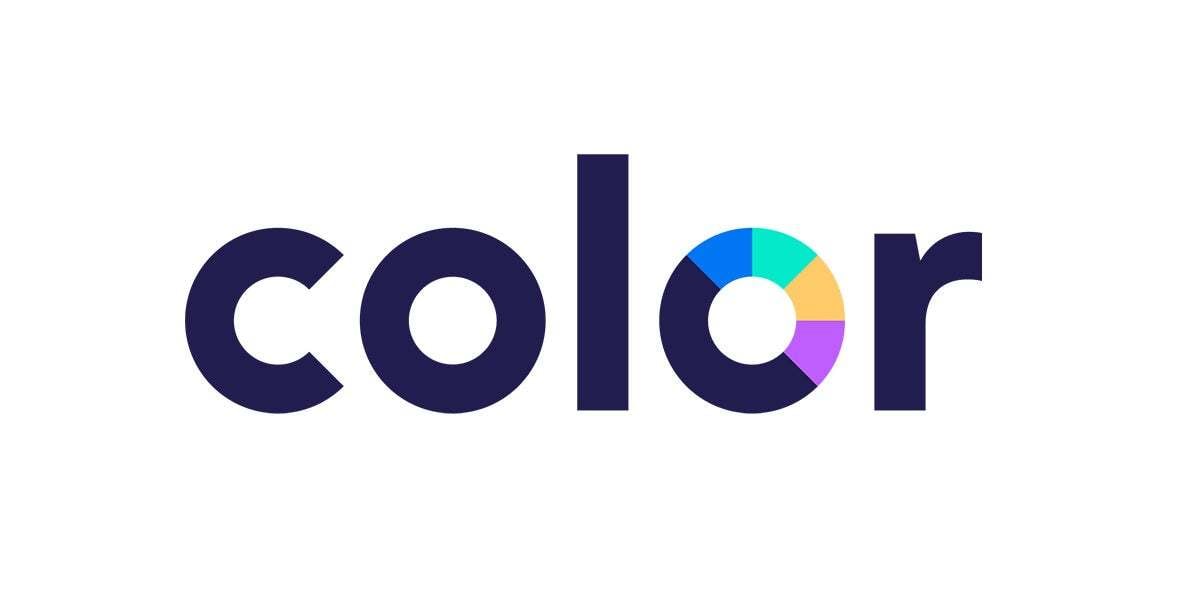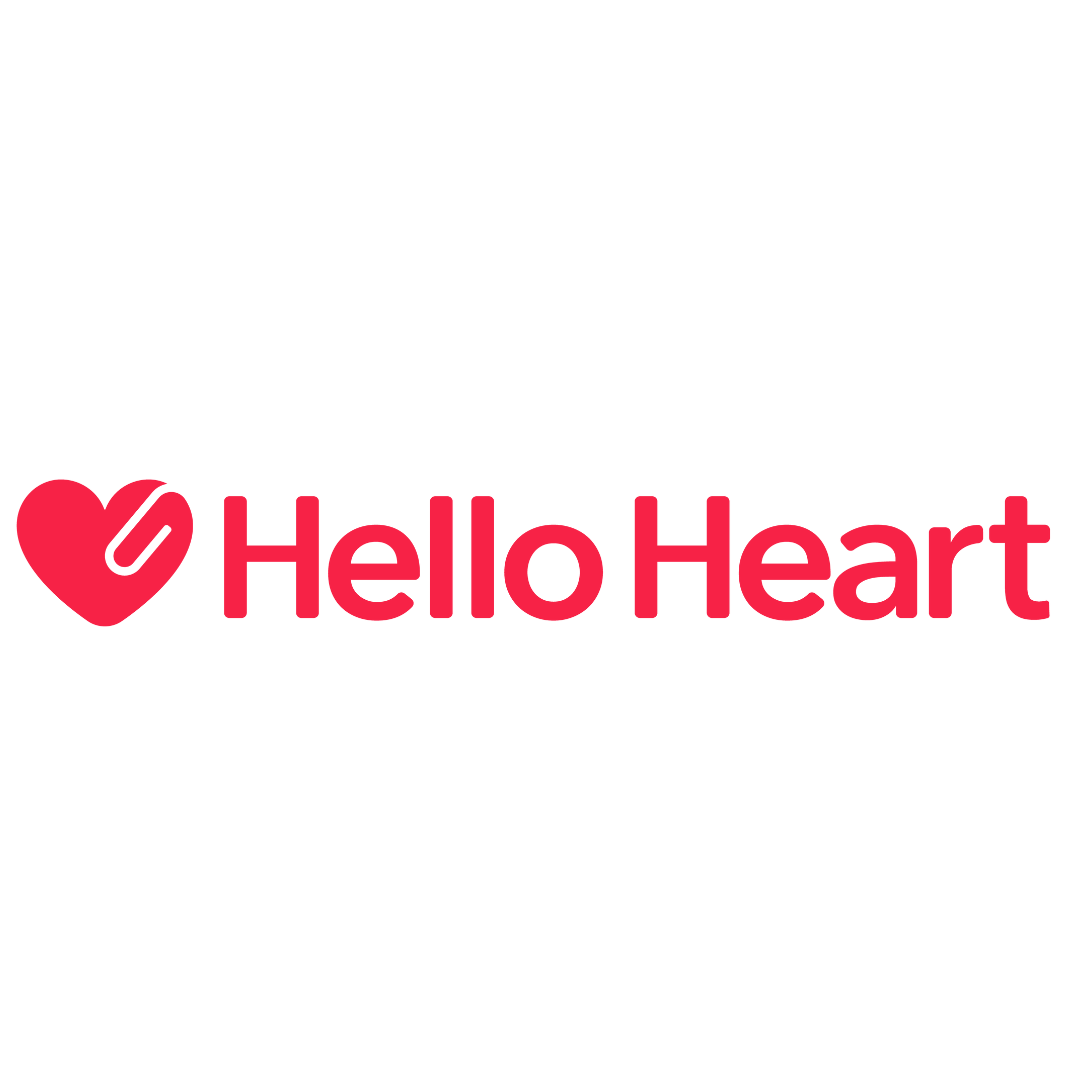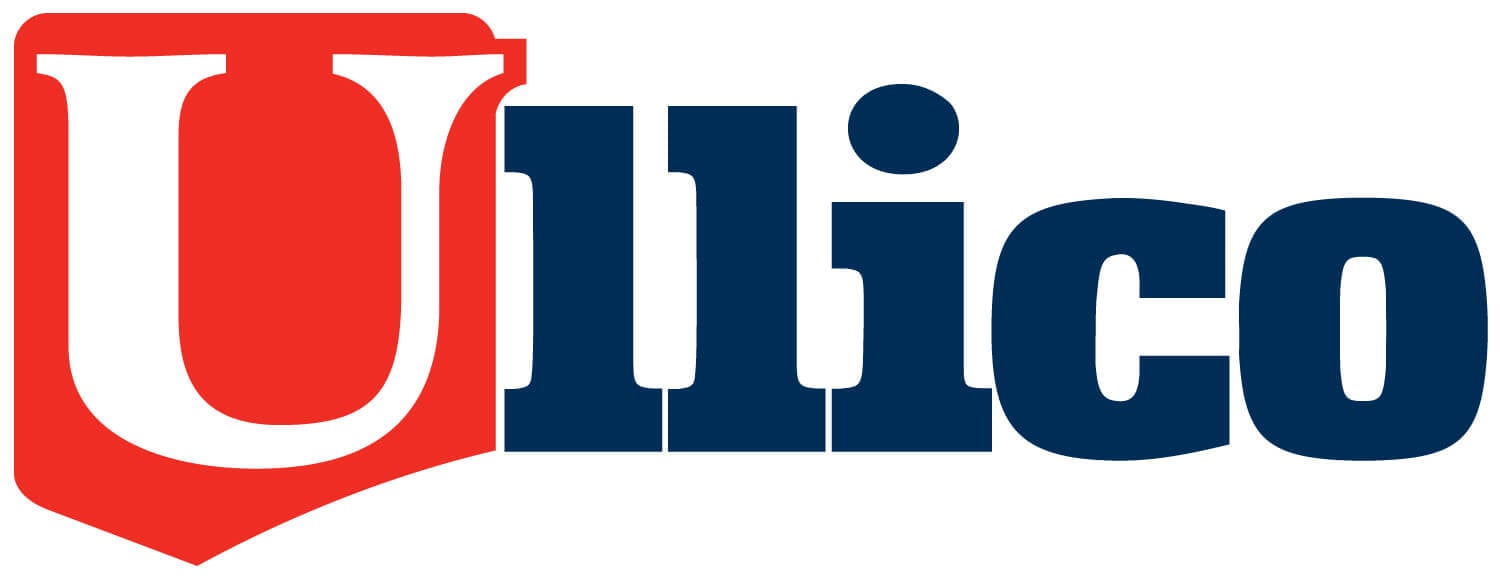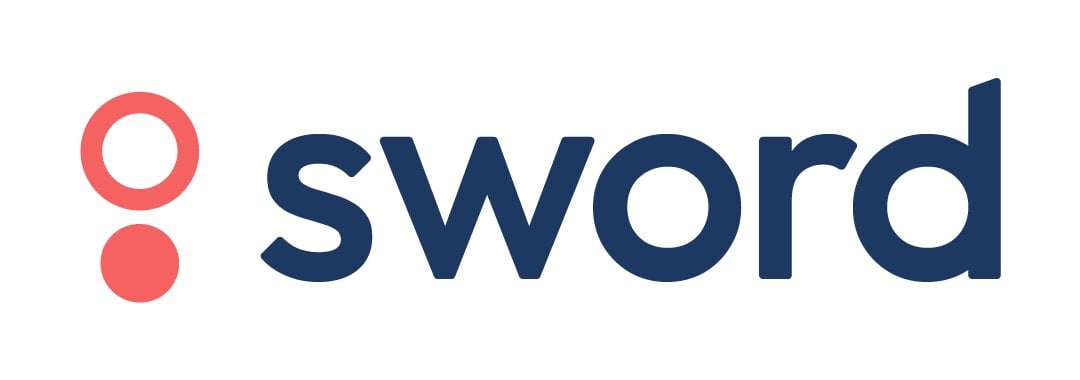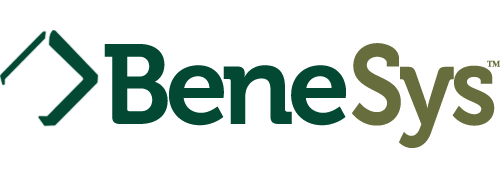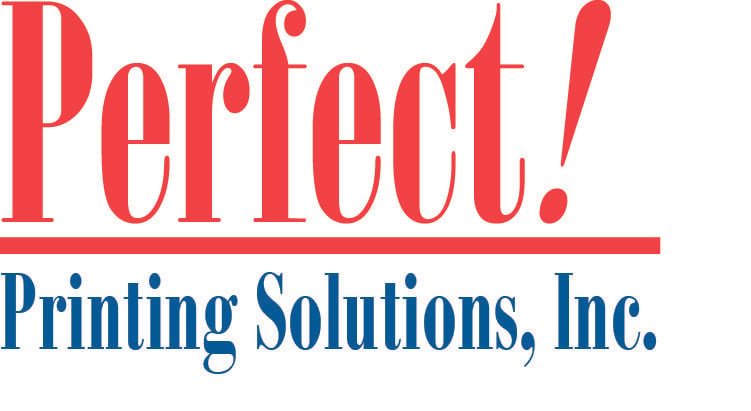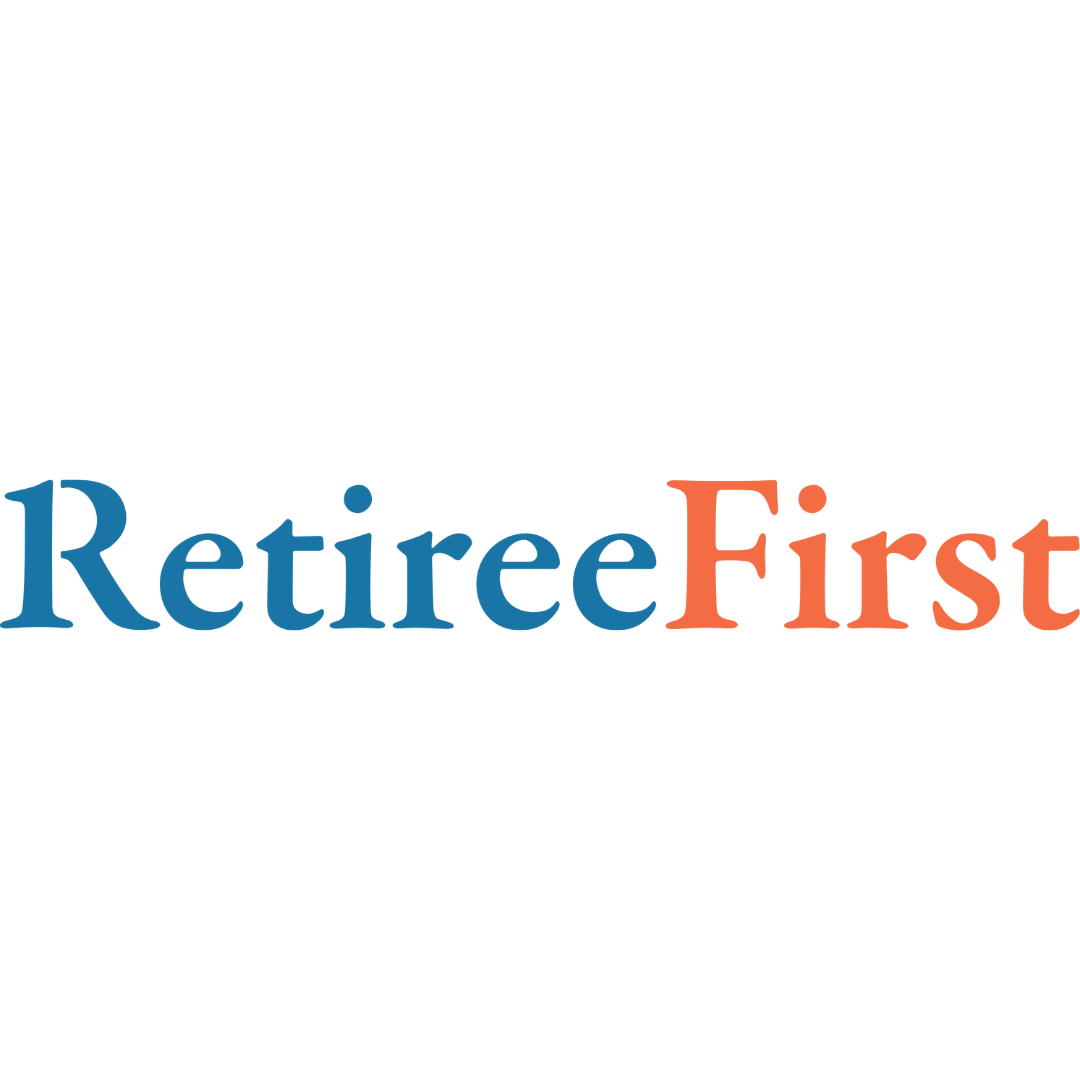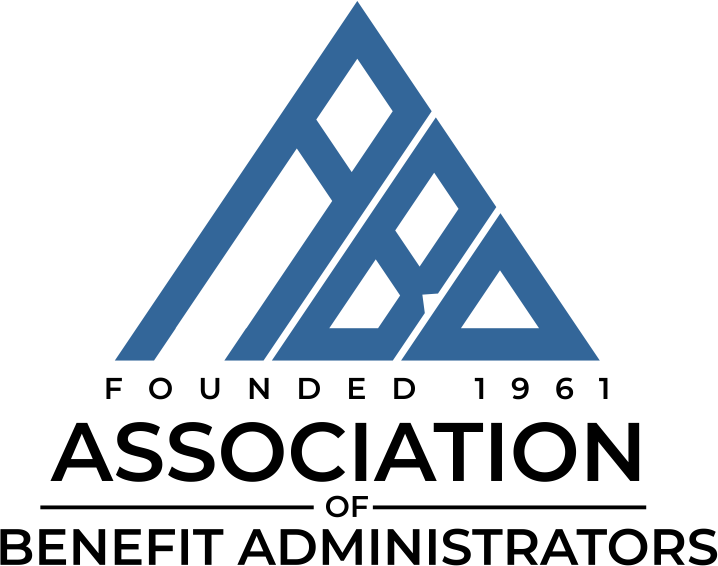From Adversarial to Amicable: What Happens When Unions Champion Alternative Dispute Resolution Programs
Marc Gnesin is an expert in workers’ compensation. After working on the defense side of workers compensation claims for 18 years, Gnesin saw an opportunity to address what he recognized were the downfalls of traditional state systems. Now vice president at insurance broker NFP, Gnesin is a passionate advocate for worker-centric Alternative Dispute Resolution programs (ADR).
In 2022 NFP and Ullico Casualty Group, LLC (UCG) partnered with the New Terminal One to integrate a landmark ADR program into the JFK Airport project. In this Q&A with Ullico, Gnesin talks about how ADR has evolved and why unions should champion these programs as their own.
For readers unfamiliar with the concept, how would you explain what ADR is and what it does?
Every state has its own workers’ compensation system. Some states offer ADR as a legislatively created carve-out from a state’s traditional system. ADR is only available to union labor via collective bargaining. In most states, it allows for an alternative dispute process to the state adjudication system and provides an ability to better manage medical care via a healthcare provider network. If done correctly, those tools can provide for a much-improved injured worker experience than the state system while reducing insurance costs.
When ADR first came to be in New York, in 1994, it was authorized legislatively as a 10-year pilot plan. At the end of 10 years, they continued to allow ADR with no sunset.
In the early days, ADR programs were not always well received by the unions. They almost always resulted in cost savings from an insurance standpoint but not always to the satisfaction of individual union members.
NFP and UCG created a new ADR program that the unions own and promote, opposed to one that’s promoted by the ownership or developer side. We turned ADR on its head, created a program that could be structured and promoted by unions to accomplish the same cost-savings goals, while also ensuring that we’re really taking care of injured workers.
So developers and insurance companies have always been interested in ADR? Now you have a program that also appeals to unions?
ADR has always had an appeal from the standpoint of insurance carriers and builders. There’s no doubt if you put an ADR in place, it’ll save money.
What changed is over the course of the last 10 to 15 years, the union market share in the construction industry has drastically eroded. A lot of this has to do with the cost of insurance related to union work, and some of this may be related to higher wages and cost of claims for unions. At the end of the day, the environment we’re in gave folks the desire to take a second look at ADR and solve some of the problems contained within it from past programs. Ultimately, it led to the Building Trades approving a pilot ADR program in New York City for the first time in 20 years, which if successful, could be utilized to win back union market share on future projects.
Can you explain how fundamentally different ADR is from a traditional workers’ compensation process?
Often, insurance carriers take an adversarial approach on workers’ compensation claims from the beginning. The claims administrator managing the claim focuses on suppressing costs for its clients by minimizing medical care and lost time benefits. This leads to benefit payment suspensions or reductions, and delays or denials of medical care. These tactics lead an injured worker to retain an attorney and request a hearing from the state jurisdiction. It can take a year or more to resolve some issues with the state, and the resolution rarely works out particularly well for either side, resulting in costlier claims for owners and contractors, and long-term absences at reduced wages for injured workers.
Time out of work has a negative impact on workers’ health and pension benefits plans as payroll-based contributions eventually stop. Workers can really feel a long-term financial impact from this, especially when they are out of work for two or three years while the claims process plays out.
The legislation authorizing ADR provides objective tools to streamline litigation and implement a medical network. What it does subjectively, is allow us to look at what’s wrong with the workers’ comp system and make the entire experience for the injured worker and builders better. The traditional system has become so polarized for so long that folks on both sides allow their biases about each other to become endemic, preventing common sense practices that would eliminate pain points for all participants.
An ADR program provides a reset to forgo those biases, create an immediately amicable system and significantly reduce disputes. We ensure that injured workers are getting the best possible medical care quickly, and more robust benefit payments up front. This reduces the uncertainties typically felt by injured workers in the traditional system, provides speed to high quality medical care, and shortens the time out of work.
How does NFP’s program differ from the traditional system?
What we’ve done is eliminate a lot of the common pain points. One component of the ADR is a medical network of specialized doctors who treat for the best patient outcomes for the body parts that were injured. In the traditional system, a seemingly mild ankle injury often turns into a knee injury then a hip injury and later a back injury. Our program helps workers get better and get back to work, so they can provide for their families and not have to navigate the barriers and stonewalling common in the traditional system.
On the carrier side, we really streamline the claims process. We’re making sure benefits are being paid promptly. The ADR legislation in New York mandates that benefits must be at least equal to the traditional workers’ compensation system in all regards. We go beyond that.
When a worker is injured on the job, we guarantee payments at the maximum rate for the first 30 days of disability. We waive the seven-day waiting period, and don’t allow for ongoing wage replacement benefits to be retroactively reduced which often puts injured workers at an unexpected hardship.
Medical authorizations are approved faster and without the bureaucracy of the traditional system, and medical appointments are coordinated via the network providing easier access to care for workers, which leads to better claim outcomes.
Further, workers’ compensation attorneys don’t participate in the early stages of ADR. Instead, there is a union appointed injured worker advocate known as the Ombudsperson who has a direct line of communication with the insurance carrier and is involved in the claim process from day one. Additionally, ADR includes a program administrator, the role filled by NFP, who is responsible for upholding the ethical standards of the program while overseeing all stakeholders to ensure they are acting within the amicable spirit of ADR. This ensures that any potential issues of dispute are being proactively managed without the need to utilize the formal dispute process. This proactive claim management makes for a more efficient and streamlined process, with fewer disputes, and reduced legal costs for all participants.
Can you give an example of how the ADR works in practice?
On the JFK project, a worker injured their hand. As part of our ADR system, we have an onsite medical care trailer staffed with physician’s assistants rather than paramedics, allowing for a higher level of care onsite akin to an urgent care center.
Our protocol is anytime an injury happens, no matter how minor, the worker goes to the trailer for medical evaluation and a claim is filed.
Unfortunately, in this instance, the foreman tried to administer first aid instead of sending the worker to the trailer. The worker continued to work, then felt dizzy on the ride home, and ended up at an outside Urgent Care facility. He didn’t return to the site for a couple days because they were reticent to trust the system. I contacted the local union as we do on complex incidents and explained that we needed the worker to come back onsite for an evaluation to allow for his claim to be filed so we can implement benefits and medical care.
The worker returned to the site. The medical team determined that he needed a surgical evaluation. A few days later, he was seen by one of the top hand surgeons in the area who determined the worker needed surgery, which was authorized in 24 hours, and completed within the week. In a traditional system, this scenario would have elapsed over a month or more. Instead, he had a necessary surgery, was briefly out of work for a month or two and was paid maximum benefits the entire time.
When the worker was preparing to come back to work, NFP worked with project management to ensure the contractor had a place for him on the job. In a traditional system, none of this would have happened.
With ADR, we delivered the medical attention the worker needed right away, got him back to work quickly, avoided the ancillary costs and additional time away from work an insurance carrier would typically incur while delaying authorization in the traditional system.
What advice do you have for unions interested in promoting a similar ADR program?
First of all, unions have a huge say in this. ADR has struggled to get traction in the past because prior ADR administrators have tried to force a “square-peg-round-hole” approach with little flexibility. UCG and NFP’s vision for ADR included going to the unions first to ask about what was problematic or concerning for them in past ADR Programs. That information was then used in the collective bargaining process to ensure the union ADR program would address the concerns of their membership while providing cost savings.
This has created a Union tool for market retention and claw back, which is sought by owners, developers, and contractors and controlled by the unions. Builders who want to utilize the ADR program understand this means promising more work to skilled labor. More work for skilled labor is the most important goal of this program. The way we achieve this goal is to ensure individual members are satisfied with ADR, and the program as a whole reduces costs for all parties involved.

